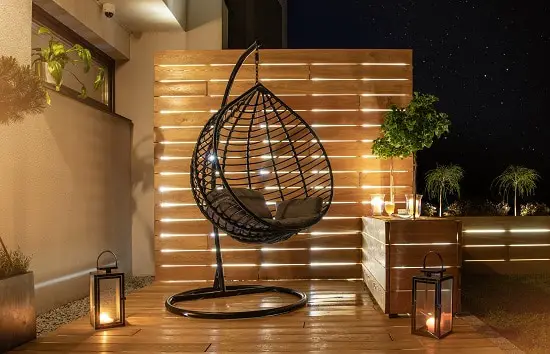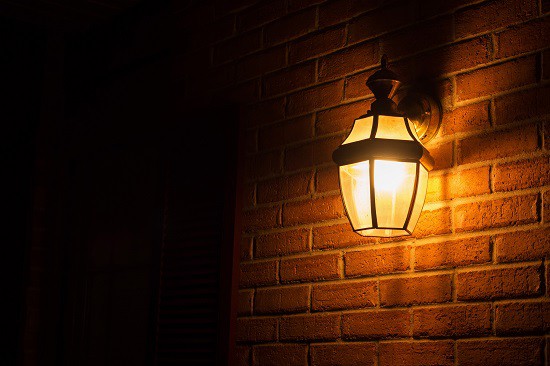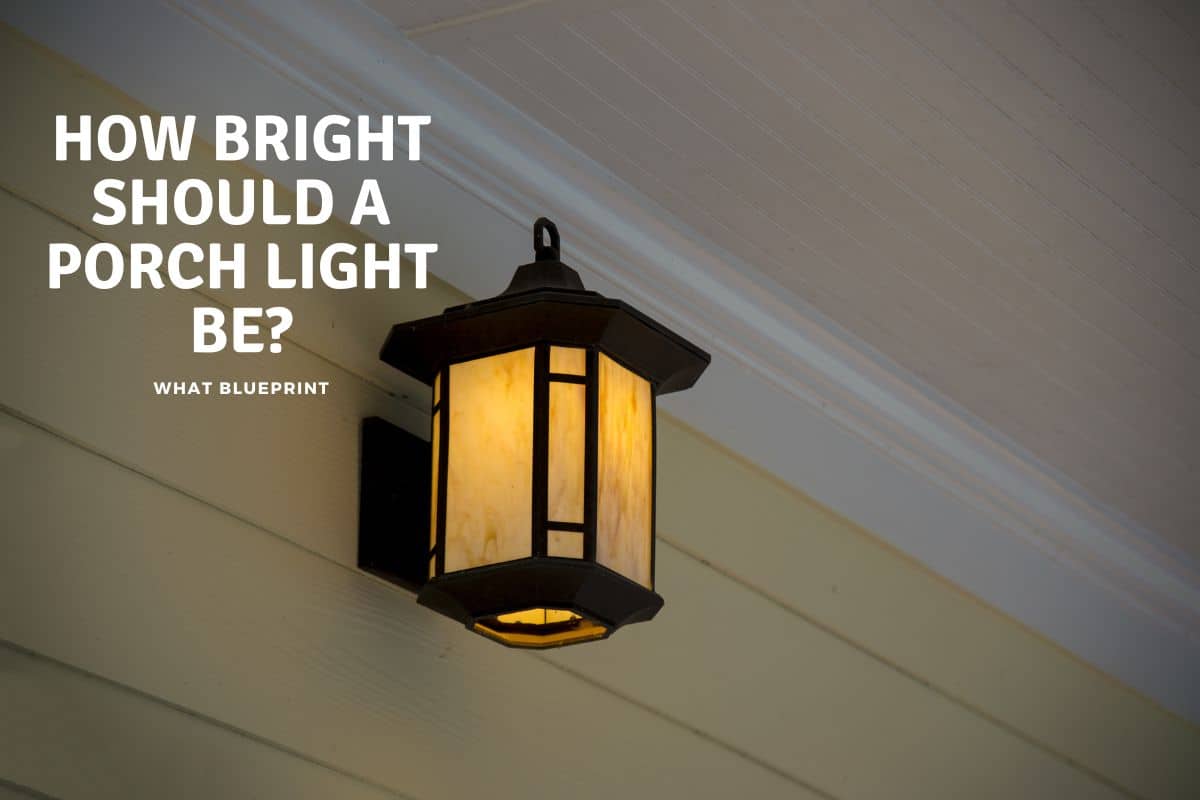How Bright Should a Porch Light Be?
When it comes to lighting an outdoor entryway, it is for various essential reasons that you would want to find and use the best possible lighting available to you. Your porch is the threshold of your home and where you can see who is at your front door before welcoming them in. However, there is a snag in that there is the lingering question of how bright the porch light should be.
A porch light should sit at approximately 400 lumens in terms of its brightness; you can go brighter, but much more means leaning more towards a floodlight, which is not ideal. Additionally, if 400 lumens is too bright for you, you can opt for a lesser brightness of 200 lumens.
Among the factors such as the style and size of the light, you are also left with the conundrum of how bright your porch light should be. There are plenty of questions that you are likely longing for the answers to; thus, be sure to read on as we guide you through selecting the ideal brightness for your porch light.

The Importance Of Brightness Levels For Porch Lights
Illuminating the entrance to your home is an important task, and it ensures safe passage for your friends and family. It enables you to get your keys out and unlock the door with ease when you come home in the evening, and it allows you to gaze out and see who may be knocking on your front door. Another reason to have proper porch lighting is to deter burglars, as you will see them approaching.
Another reason you may be wondering about the ideal brightness for your porch light stems from curb appeal and how others perceive your home. You want something that offers practicality, can withstand the elements, and is stylish as well. We have researched and found the ideal levels of brightness for porch light(s).
Measuring The Level Of Brightness For Lights
Initially, the wattage of the bulb is what told you how bright the light would be. By looking at the wattage level of a bulb, you could tell its purpose and where best to use it. For example, a 45-watt bulb is better suited to decorative purposes, while a 100-watt bulb is more in line with a space where you need extra brightness levels to see what you are doing.
These bulbs would be used in places such as the garage, at a workbench, or perhaps the kitchen where things like sharp knives are used, and you want to be sure that you can see what you are doing. There were bulbs with even higher wattage, which were used for the like of floodlights for spaces that needed vast illumination and allowed you to see where you were going.
Then LED lights arrived on the scene, and the idea of wattage sort of went out the window as it was no longer a true reflection of how bright a bulb was. For instance, a 100-watt incandescent bulb would produce the same brightness level as an LED with only 23-watts. Thus we needed to find a new means of measuring bulb brightness.
The answer to this quandary was lumens; this is because lumens are a measurement of the actual light emitted from the bulb, regardless of the wattage used to produce that light. If you speak to lighting designers, they will refer to lumens rather than wattage as it offers a far more universal term for the amount of light they are talking about.

How Many Lumens Should A Porch Light Be?
The answer to this quandary is that it will depend on your specific needs; however, certain measurements can aid you in making that decision, which we shall get to in a moment. When you choose your outdoor lighting, there are various factors to consider, and all of them are essential to making the final decision.
As a guide, you should opt to have lighting with as few lumens as possible while still creating the desired level of lightness. What you want to make will be a determining factor in terms of the number of lumens you require from the light. Below, we have a rough guide on how many lumens should be ideal for various lights and their placements.
- Porchlight: 200 to 400 lumens (a porch light is only needed for a smaller space and does not have to function like a floodlight, so you can always opt for something lower on the spectrum)
- Landscape or garden: 50 to 300 lumens (you do not need excessive light here, so consider staying on the lower end of the spectrum)
- Floodlights: 700 to 1300 lumens (in this case, you are looking to achieve as much light as possible for a vast area)
- Step lights: 12 to 100 lumens (this is purely to ensure that you can see the steps at night and you do not need seriously bright lights to obtain this)
- Path lights: 100 to 200 lumens (the only thing you are trying to obtain here is the ability to ensure that people can see where they are walking and do not trip)
- Pond or pool lights: 200 to 400 lumens (pools are larger spaces, and you may wish to be able to properly see when you go for an evening dip, so a moderate level of lighting is needed.
- Motion sensor lighting: 300 to 700 lumens (this type of lighting could theoretically be used for a porch light if you do not want it on all the time; however, you may want to use it in areas that overlook the garden, and thus you will go into the higher levels)
Below is a table that will act as a guide in helping you translate the level of lumens in relation to the wattage of specific bulbs.
| Lumens | Bulb Type | |||
| Halogen | CFL | LED | ||
| 450 | 40 Watts | 29 Watts | 9 Watts | 8 Watts |
| 800 | 60 Watts | 43 Watts | 14 Watts | 13 Watts |
| 1100 | 75 Watts | 53 Watts | 19 Watts | 17 Watts |
| 1600 | 100 Watts | 72 Watts | 23 Watts | 20 Watts |
We have a selection of articles on Porch lights, brightness location, color and more lighting options. We have highlighted some below but you can search if you need more.
- how bright should a porch light be
- what is the best color for a porch light
- covered deck lighting ideas
- how can i light a balcony without an outlet
- do smart lights use less power
- how far from the door should a porch light be
- Can you wire an outside light to a plug socket
Conclusion
You will note that there are ranges that any light can fall into, and this goes for porch lights too. There are no particular amounts of lumens required explicitly for your porch light. Still, we have recommended sitting somewhere between 200 and 400 lumens, as this should be sufficient for functionality, aesthetics, and other purposes.
References
- https://www.ylighting.com/blog/how-to-light-outdoor-entryway-lighting/
- https://kcsprinklersystems.com/how-bright-should-your-outdoor-lights-be/
- https://www.build.com/porch-lights/a21817
- https://nvlightingga.com/blog/how-bright-should-outdoor-lighting-be/
- https://homeguides.sfgate.com/front-door-lighting-wattage-recommendations-43826.html
- https://www.plantedshack.com/how-bright-should-a-porch-light-be/
- https://hinerlandscapes.com/how-many-lumens-outdoor-lighting/







